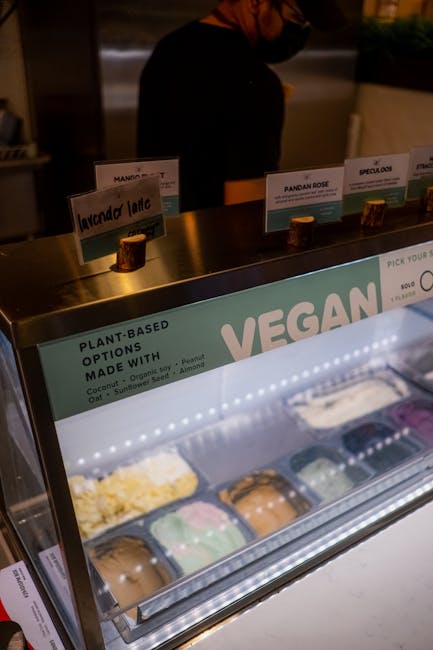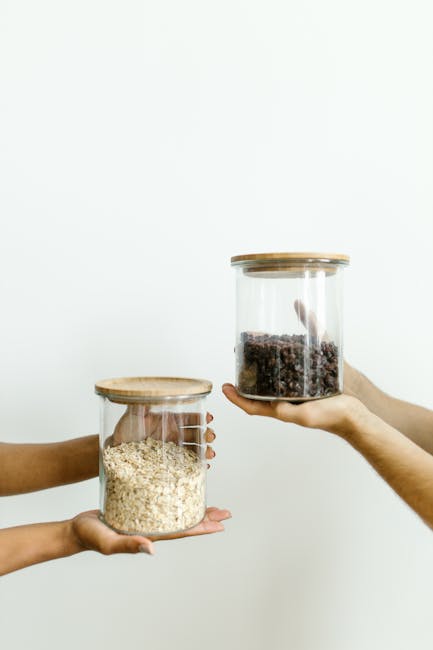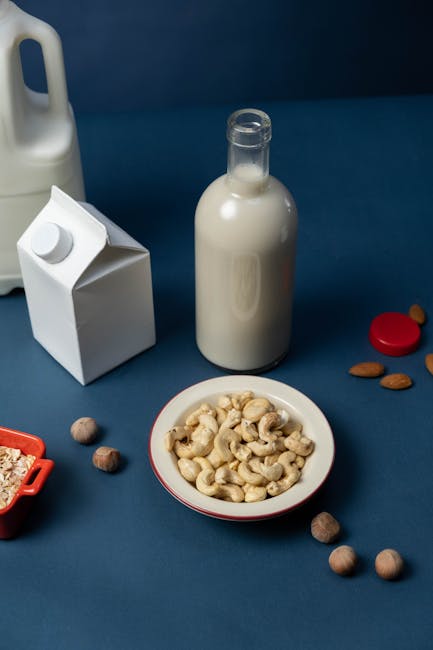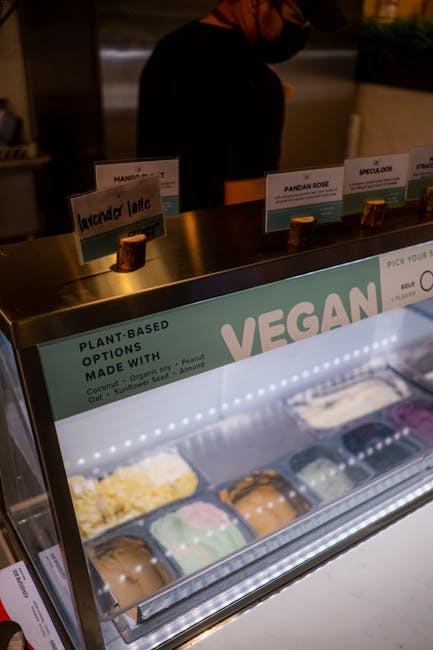The Ultimate Guide to Overnight Oat Containers: Choosing the Perfect Vessel for Your Morning Meal Prep
Overnight oats have taken the breakfast world by storm. Convenient, healthy, and customizable, they’re the perfect solution for busy mornings. But the key to truly enjoying this breakfast staple lies in choosing the right container. This comprehensive guide explores the vast world of overnight oat containers, helping you select the ideal vessel for your needs and lifestyle.
Understanding Your Overnight Oat Needs
Before diving into the specifics of container types, let’s consider what makes an ideal overnight oat container. Several key factors contribute to a positive experience:

- Sealability: A tight-fitting lid is crucial to prevent spills and maintain freshness. Consider containers with leak-proof seals, especially if you’re transporting your oats.
- Material: The material impacts durability, cleaning ease, and potential impact on the flavor of your oats. We’ll delve deeper into common materials below.
- Size and Capacity: Choose a size appropriate for your portion size. Consider whether you prefer a single-serving container or a larger one for meal prepping several days’ worth.
- Ease of Cleaning: A dishwasher-safe container simplifies cleanup, saving you valuable time.
- Portability: If you plan to take your overnight oats on the go, look for a sturdy, travel-friendly container.
Types of Overnight Oat Containers
The market offers a variety of containers for storing and transporting overnight oats. Let’s explore some of the most popular options:
Glass Containers
Glass containers are a popular choice due to their non-reactive nature, meaning they won’t affect the taste or texture of your oats. They’re also easy to clean and often dishwasher-safe. However, they can be heavier and more prone to breakage than other options. Consider tempered glass for increased durability.

Plastic Containers
Plastic containers are lightweight, durable, and often come in a wide range of sizes and shapes. Look for BPA-free plastic to ensure food safety. While generally easy to clean, some plastics can retain odors over time. Choose high-quality, reusable plastic containers for the best results.
Stainless Steel Containers
Stainless steel containers are incredibly durable and long-lasting, resisting dents and scratches. They are also non-reactive and easy to clean. However, they can be more expensive than plastic or glass options and may not be suitable for all microwaves.

Mason Jars
Mason jars are a classic and versatile choice for overnight oats. They offer a charming aesthetic, are relatively inexpensive, and readily available. The wide mouth makes it easy to add ingredients and clean, while the screw-top lid ensures a secure seal. However, be mindful of their fragility.
Silicone Containers
Silicone containers are flexible, lightweight, and often stackable for easy storage. They are typically microwave and freezer-safe, making them highly versatile. Their flexibility, however, may lead to some leakage if not properly sealed. The silicone material itself also doesn’t retain odors well.
Choosing the Right Container for Your Lifestyle
The best overnight oat container for you will depend on your individual needs and preferences. Consider the following factors when making your decision:
- Frequency of use: If you only make overnight oats occasionally, a simple, inexpensive container may suffice. For daily meal prep, investing in durable, high-quality containers is worth considering.
- Portability needs: If you often take your oats on the go, choose a container with a secure lid and ideally a carrying handle or strap.
- Cleaning preferences: If you prefer a simple clean-up, opt for dishwasher-safe containers.
- Budget: Overnight oat containers are available at various price points. Set a realistic budget before you start shopping.
Beyond the Container: Tips for Overnight Oat Success
Having the right container is only half the battle. Here are some additional tips to ensure perfectly prepared overnight oats every time:
- Use rolled oats: Steel-cut oats tend to remain too firm, even after soaking overnight. Rolled oats provide the ideal texture.
- Adjust liquid ratios: The ideal liquid-to-oat ratio may vary depending on your desired consistency. Start with a 1:1 ratio and adjust to your preference.
- Proper storage: Store your prepared oats in the refrigerator for optimal freshness. Consume within 3-4 days.
- Experiment with flavors: Get creative with different fruits, nuts, seeds, and sweeteners to add variety to your breakfast.
Frequently Asked Questions (FAQs)
Q: Can I use any type of container for overnight oats?
A: While many containers work, those with a tight-fitting, leak-proof lid are ideal. Avoid containers made from materials that might react with the ingredients, altering the flavor or texture.
Q: Are plastic containers safe for overnight oats?
A: Yes, but only if they’re BPA-free. BPA-free plastic is designed to be food-safe and won’t leach harmful chemicals into your food.
Q: How do I clean my overnight oat container?
A: Most containers are dishwasher-safe, making cleaning a breeze. Always check the manufacturer’s instructions to confirm.
Q: What’s the best size container for overnight oats?
A: It depends on your portion size. Single-serving containers are perfect for individual portions, while larger containers are great for meal prepping.
Choosing the right overnight oat container is a crucial step in enjoying this healthy and convenient breakfast option. By carefully considering your needs and preferences, you can find the perfect vessel to enhance your daily routine.

